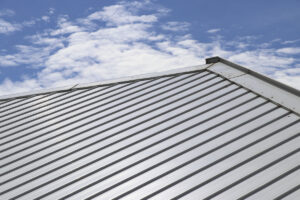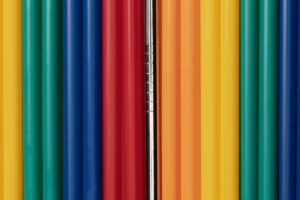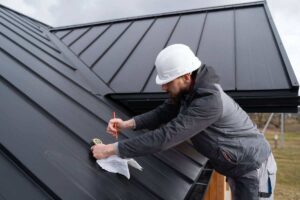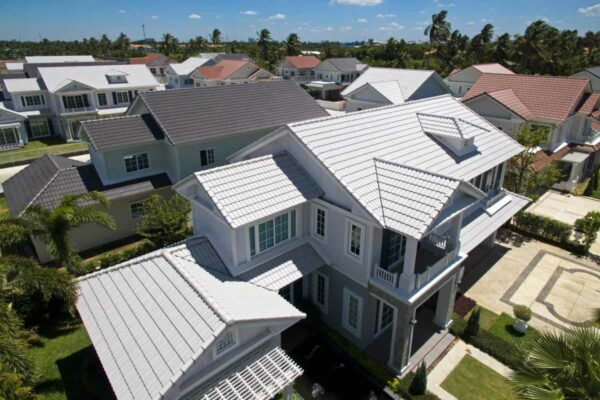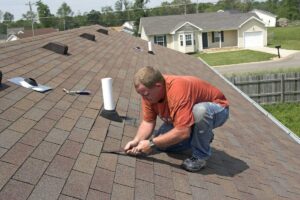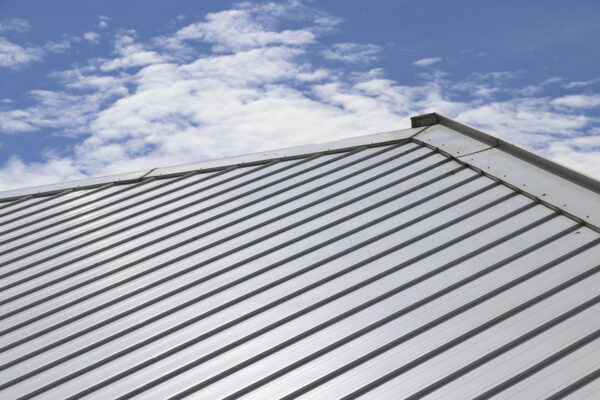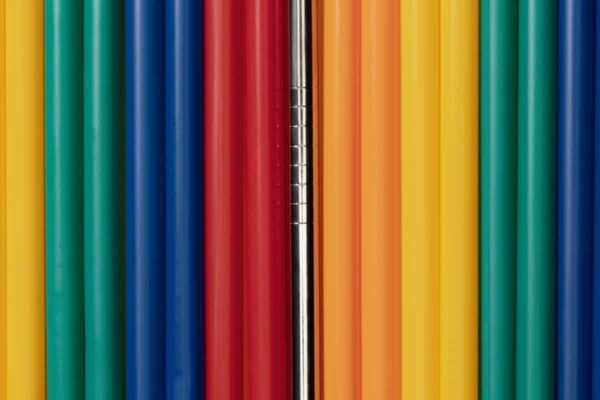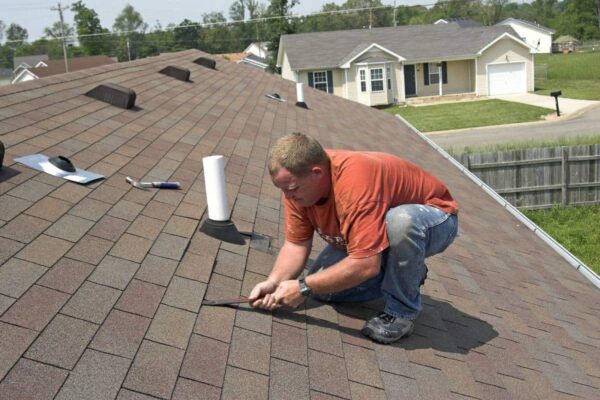When it comes to roofing options, PVC roofing membranes are gaining immense popularity due to their exceptional performance and durability. Whether you’re a homeowner or a contractor, understanding everything there is to know about PVC roofing membranes will ensure that you can make informed decisions for your next project.
We’ll dive deep into the world of PVC roofing membranes, covering their composition, installation process, benefits, and maintenance requirements.
By the end of this piece, you’ll have all the knowledge you need to confidently consider PVC roofing membranes for your building’s next roof renovation or construction project.
Introducing PVC Roofing Membranes
When it comes to roofing options, PVC roofing membranes are becoming increasingly popular due to their exceptional performance and durability. Whether you are a homeowner or a contractor, having a comprehensive understanding of PVC roofing membranes is crucial for making informed decisions during your next project.
PVC (Polyvinyl Chloride) membranes consist of single-ply sheets made from synthetic polymer materials that offer outstanding weather resistance and long-term durability. These innovative roof systems are relatively easy to install compared to other traditional options like built-up roofs or metal panels.
The installation process generally involves mechanically attaching or fully adhering the membrane onto the roof substrate using specialized adhesives or fasteners.
PVC roofing membranes are recyclable materials. At the end of their life cycle or if they need to be replaced due to damage beyond repair, these membranes can be recycled rather than ending up in landfills.
Recycling programs specifically dedicated to collecting and repurposing old PVC roofing materials exist in many locations, making it easier for users to dispose of these products responsibly and contribute towards sustainability efforts in the construction industry.
These highly reflective surfaces reflect sunlight away from buildings, reducing heat absorption and ultimately lowering energy costs for temperature control within structures.
Advantages of PVC Roofing Membranes
PVC roofing membranes offer several advantages that make them a popular choice among homeowners and contractors. One of the main benefits is their exceptional performance and durability. PVC roofs have been known to last for over 30 years, with minimal maintenance required during this time. This longevity ensures that homeowners can enjoy a long-lasting roof without worrying about frequent repairs or replacements.
Another advantage of PVC roofing membranes is their resistance to weathering and UV radiation. These roofs are designed to withstand extreme weather conditions, including high winds, heavy rainfall, and exposure to sunlight. The durable composition of PVC allows it to resist cracking, peeling, or splitting under these harsh conditions.
PVC roofing membranes are highly energy efficient. They have excellent insulation properties that help regulate temperature within the building, keeping it cool in summer months and warm during winters. This thermal efficiency not only improves indoor comfort but also reduces energy consumption for heating or cooling systems.
They provide protection against various weather elements while offering improved energy efficiency for buildings. With these advantages in mind, it’s no wonder why more homeowners and contractors are choosing PVC roofing as their preferred option.
Installation Methods and Considerations
Installation methods and considerations are crucial aspects to consider when it comes to PVC roofing membranes. Proper installation is essential for ensuring the longevity and performance of the roof. There are generally two main installation methods for PVC roofing membranes: fully adhered and mechanically fastened.
In a fully adhered installation, the membrane is glued directly onto the underlying substrate using adhesives or hot air welding techniques. This method provides excellent waterproofing capabilities and enhances wind uplift resistance. However, it requires meticulous surface preparation to ensure proper bonding and may be more time-consuming than other methods.
On the other hand, in a mechanically fastened installation, the membrane is secured to the roof deck using mechanical anchors such as screws or plates. This method offers faster installation times but may not provide as strong water resistance as a fully adhered system. It is important to consider factors like building height, location, weather conditions, and local building codes when deciding which installation method to choose.
Attention should be given to details like flashing around vents, chimneys, skylights or any penetrations through which water could potentially infiltrate over time if not sealed correctly with compatible materials according to manufacturer guidelines.
Regardless of the chosen method of installation, some key considerations must be taken into account during this process. Roof slope should be carefully evaluated since PVC membranes perform best on flat or low-slope roofs where they can efficiently shed rainwater without ponding issues. The type of insulation used beneath these membranes also impacts their performance; hence choosing appropriate insulation materials that complement PVC roofing systems is vital.
Maintenance and Repairs
Regular maintenance is necessary to prevent any potential issues from arising and to keep the roof in optimal condition. This includes inspecting for any signs of damage or wear, such as cracks, tears, or loose seams, which should be promptly repaired.
In terms of repairs, it is important to address any issues as soon as they are identified to prevent them from worsening over time. Small punctures or leaks can often be easily repaired with a patch kit specifically designed for PVC roofing membranes. For larger damage, it may be necessary to replace the affected portion of the membrane.
Proper care and maintenance also involve routine cleaning of the PVC roofing membrane. This helps remove debris, dirt, algae growth or other contaminants that may accumulate on the surface over time. Cleaning can typically be done with mild detergent solutions and a soft-bristle brush.
By following these maintenance practices and regularly addressing repairs when needed, homeowners can extend the lifespan of their PVC roofing membranes and ensure that they continue providing reliable protection against various environmental elements for years to come.
Capping it Off: The Promise and Potential of PVC Roofing Membranes
PVC roofing membranes offer a promising and highly effective solution for both residential and commercial buildings. With their exceptional performance and durability, these roofing materials have gained immense popularity in the construction industry.
Understanding the composition, installation process, benefits, and maintenance requirements of PVC roofing membranes is crucial for homeowners and contractors alike.
These materials are manufactured with excellent resistance to UV radiation, extreme weather conditions, and chemicals. Their flexibility also allows them to adapt well to structural movements without compromising their integrity. PVC roofing membranes are also known for their low maintenance requirements. By providing regular inspections and performing basic cleaning procedures, homeowners can ensure that the roof remains in optimal condition for years to come.
Another significant benefit of PVC roofing membranes is their energy efficiency properties. The reflective surface of these roofs helps in reducing heat absorption from sunlight during hot weather conditions, resulting in lower cooling costs for buildings. PVC roofs exhibit a high level of fire resistance compared to other traditional roofing materials, making them a safer option.
PVC roofing membranes provide numerous advantages that make them an attractive choice for any construction project. As its knowledge becomes more widespread, the use of this material will continue to grow within the industry.
Having all the necessary information about PVC Roofing Membranes puts individuals in a better position to make informed decisions regarding roof installations or replacements.


